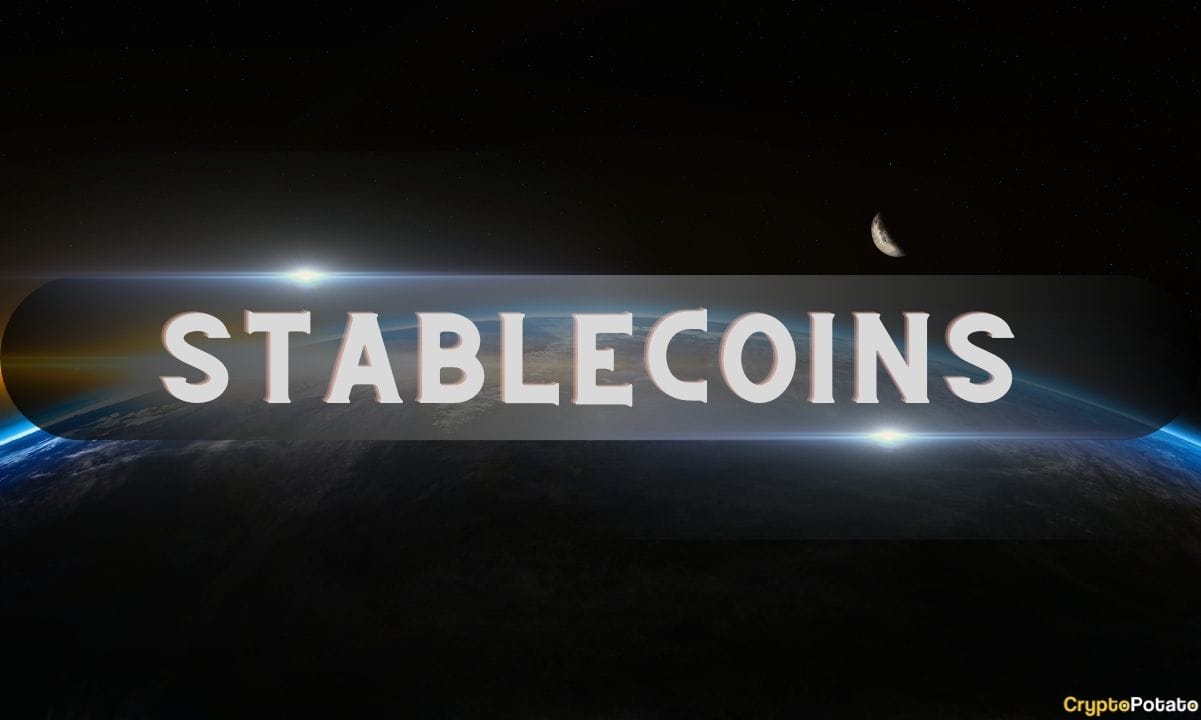ARTICLE AD BOX
Jessie A Ellis Sep 26, 2024 03:22
Discover how Web 3 privacy, led by Tea-Fi's innovations, could revolutionize decentralized finance (DeFi) by integrating swaps, lending, and decentralized trades.

In a recent episode of the Public Key podcast, hosted by Chainalysis, Matan Doyich, CEO of Tea-Fi, discussed how Web 3 privacy could revolutionize decentralized finance (DeFi). The episode delves into the privacy aspects of DeFi, focusing on the integration of swaps, lending, and decentralized trades into a single, user-friendly platform.
Tea-Fi: A One-Stop Shop for DeFi
According to Chainalysis, Tea-Fi aims to solve the fragmented nature of existing DeFi platforms by creating a comprehensive platform that integrates various DeFi functionalities. Users will be able to conduct swaps, provide lending, and execute decentralized trades all in one place. The platform's privacy solutions leverage Zero-Knowledge Proofs (ZKPs) and Fully Homomorphic Encryption (FHE) to ensure secure and private transactions.
Privacy and Regulation in DeFi
During the podcast, Doyich highlighted the challenges of balancing privacy with regulatory compliance. He pointed out that while privacy is essential, it must be implemented in a way that does not hinder regulatory oversight. Doyich mentioned that Tea-Fi aims to offer full privacy without compromising on regulatory requirements, a feature that sets it apart from other platforms like Tornado Cash, which have faced significant regulatory scrutiny.
Innovative Features of Tea-Fi
Tea-Fi plans to introduce several innovative features, including a Visa debit card that allows users to take over-collateralized lines of credit. Another key feature is the TeaClub, a karma-based loyalty reward system that offers profit-sharing from the platform. This system will enable users to earn a predictable income, which can be used as collateral for uncollateralized loans.
Roadmap and Future Plans
Tea-Fi is currently in the beta stage, with several significant milestones planned for the remainder of the year. These include the launch of the Testnet, Token Generation Event (TGE), initial listings, and the Mainnet launch. The Mainnet launch will feature multi-chain support, cross-chain capabilities, and the introduction of synthetic assets and debit cards.
For more information on this topic, visit the original article on Chainalysis.
Image source: Shutterstock










 English (US) ·
English (US) ·